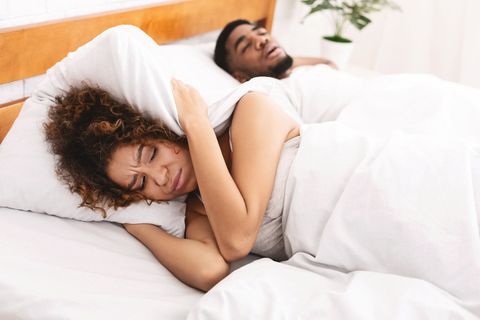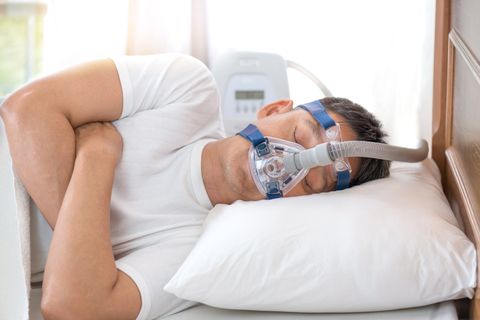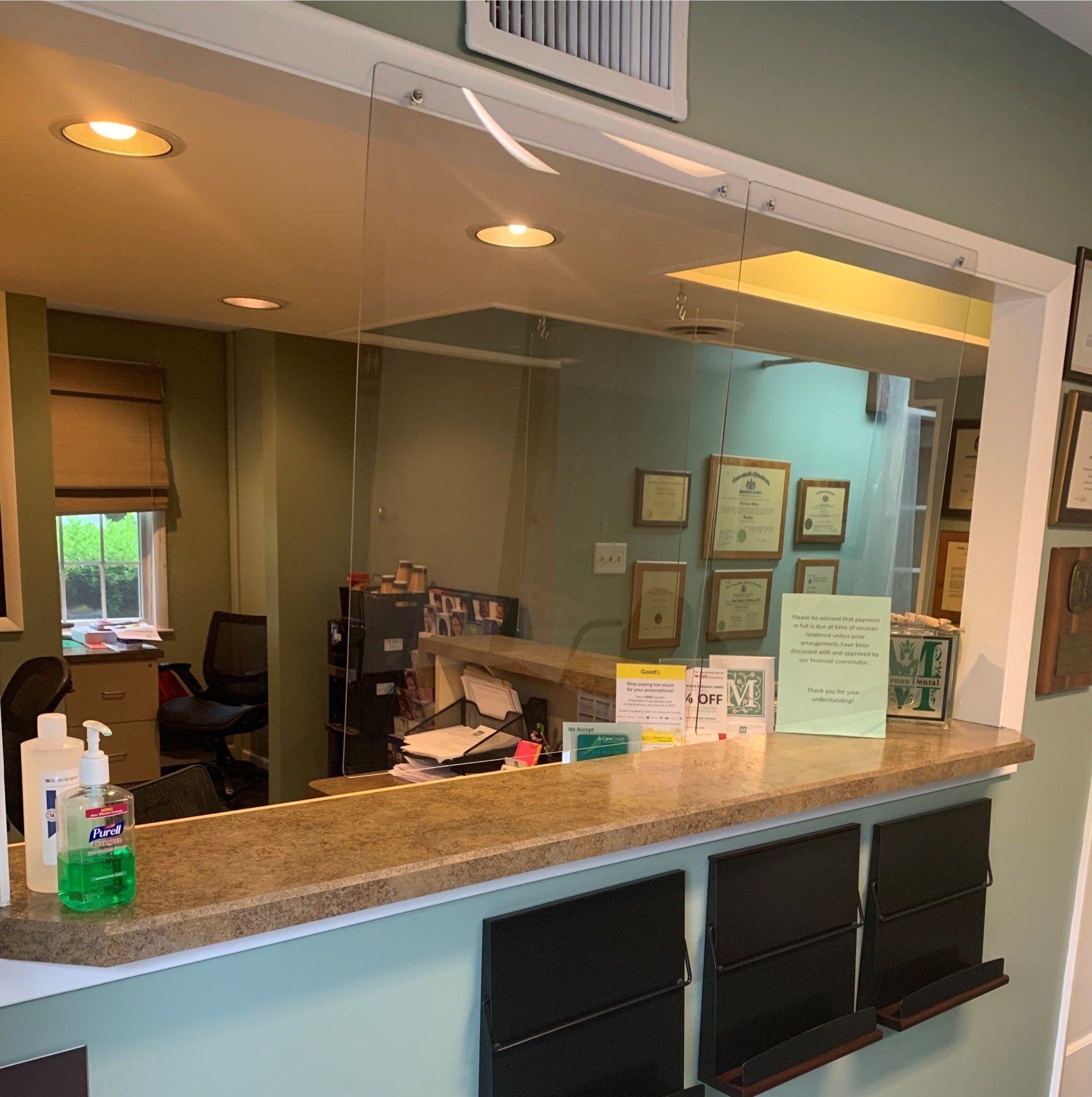Snoring/Sleep Apnea
What is obstructive sleep apnea?
With Obstructive Sleep Apnea, muscles of the soft palate at the base of the tongue and the uvula (the small conical, fleshy tissue hanging from the palate) relax and sag, obstructing the airway, making breathing laboured and noisy snorting). Collapse of the airway walls blocks breathing entirely. When breathing periodically stops, a listener hears the snoring broken by pauses. As pressure to breath builds muscles of the diaphragm work harder. Sleep is then temporarily interrupted, sometimes only for seconds. This, in turn, activates throat muscles and "uncorks" the airway.
Symptoms Of OSA
There are many symptoms that could indicate obstructive sleep apnea. These symptoms listed here are only a partial representation and should not be the only criteria used to diagnose OSA:
- Clouded intellect
- Short term memory impairment
- Morning headaches
- Generalized muscle pain
- Irritability Mood swings
- Impaired judgment
- Decreased sex drive
What can your dentist do to help?
The good news is that Oral Appliance Therapy has proven to be very successful in the management of snoring and mild to moderate obstructive sleep apnea. A dental appliance is a small plastic device, similar to an orthodontic retainer, or an athletic mouthguard. It is worn in the mouth during sleep to prevent the soft throat tissues from collapsing and obstructing the airway. Dentists with training in dental appliance therapy can prescribe these special appliances to meet their patients individual situations and conditions.










